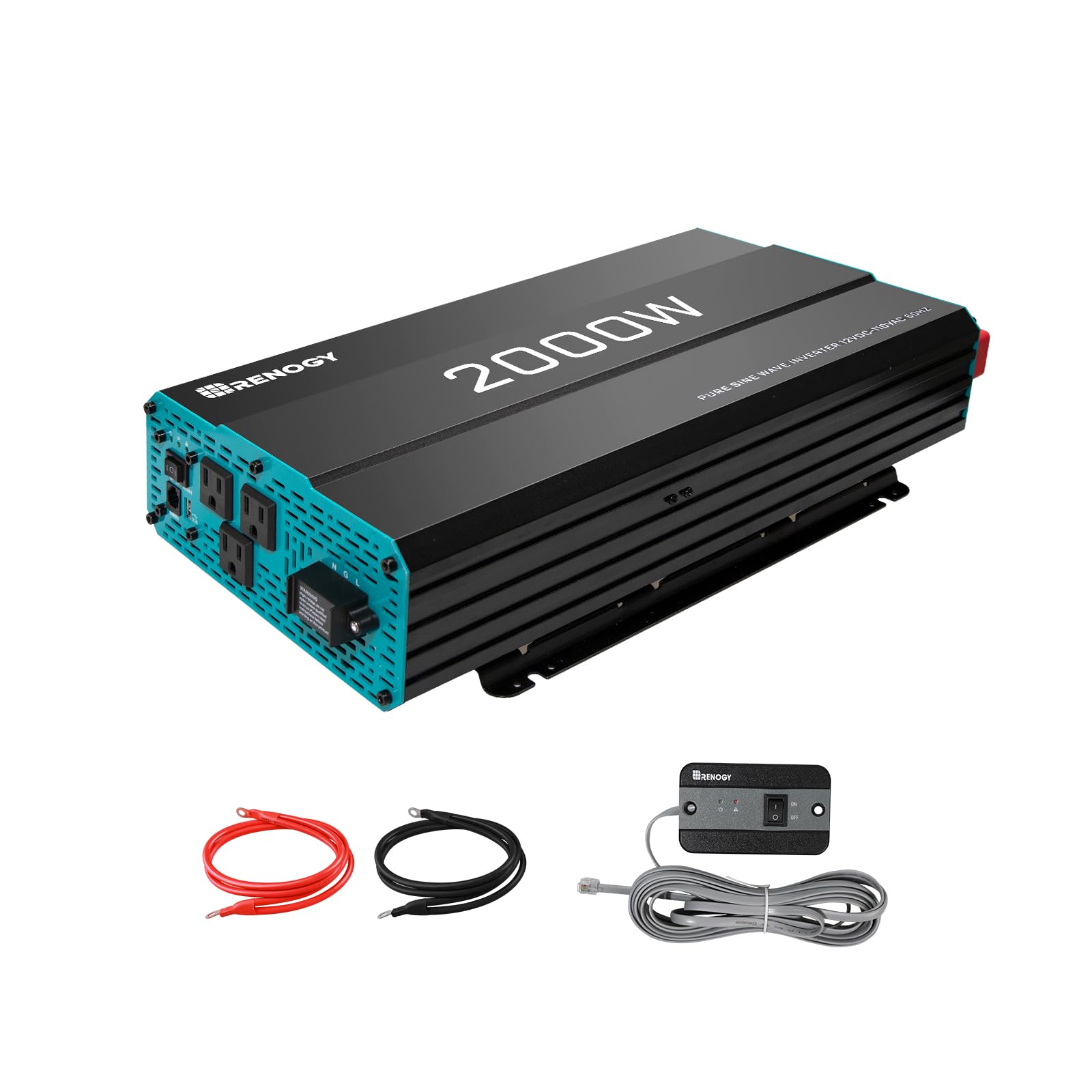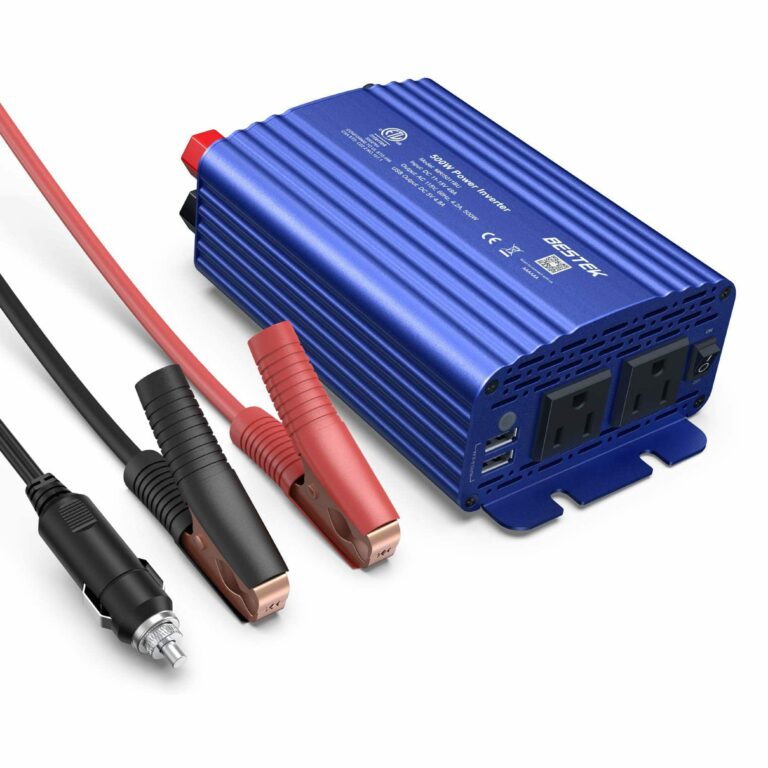Understanding Car Power Inverters
Car power inverters have become increasingly common in modern vehicles, allowing users to plug in various devices using household alternating-current power. These devices convert the direct-current power supplied by the vehicle into usable AC power through a component called an ‘inverter.’ While they offer increased utility, inverters do have limitations that users should understand.
Types of Power Inverters
The simplest power inverters plug into a car’s cigarette lighter or power point, providing a modest amount of plug-in capability. More powerful devices can be installed to run larger equipment like space heaters and power tools. When choosing an inverter, consider the power needs of your devices and the inverter’s capacity.
Key Considerations
- Power Requirements: Determine how much power you need based on the devices you plan to use. Check the wattage requirements of your devices, as they vary significantly (e.g., a cellphone charger might need 5-20 watts, while a hair dryer can require up to 2,000 watts).
- Size and Installation: More powerful inverters are generally larger and may require direct connection to the vehicle battery. Ensure proper airflow around the inverter to prevent overheating.
- Pure Sine vs. Modified Sine: Pure sine wave inverters produce smoother power, similar to household electricity, while modified sine wave inverters provide ‘choppy’ power. Pure sine is recommended for sensitive equipment.
Top Picks for Car Power Inverters
Best Overall: Bestek 500W Power Inverter

This versatile inverter offers 500 watts across two plugs and includes USB ports. It features low voltage detection and a cooling fan.
Convenient Design: Bestek 200 Watt Power Inverter

This compact inverter fits into a car cupholder and provides additional USB and 12-volt outlets.
Best Budget Pure Sine Wave: Renogy 2000W Pure Sine

This pure sine wave inverter offers 2000 watts of power with thermal protection and a wired remote control, ideal for sensitive devices.
Expert Insights
Jack Baruth, with over two decades of experience using power inverters, shares crucial tips:
- Always consider your vehicle’s electrical system capacity when choosing an inverter.
- Be aware that running high-power devices can quickly drain your car battery.
- Understand the difference between pure sine and modified sine wave inverters for compatibility with your devices.
Safety and Maintenance
To ensure longevity and safe operation:
- Keep inverters cool and below maximum power ratings.
- Protect them from vibration and impact damage.
- Understand how to prevent and respond to fuse blowouts or breaker trips.
By carefully selecting the right car power inverter for your needs and following proper usage guidelines, you can safely and effectively power various devices on the go.



